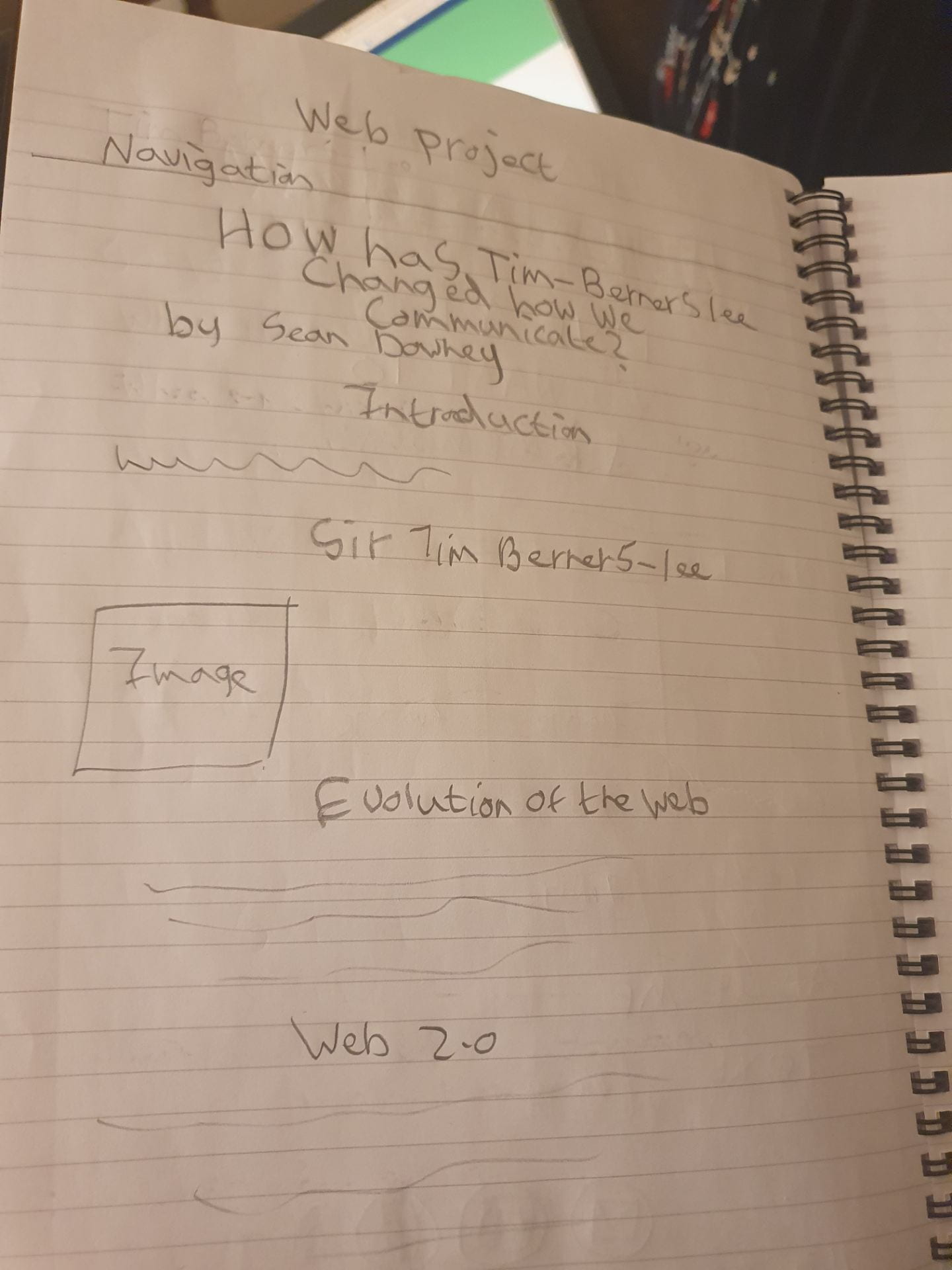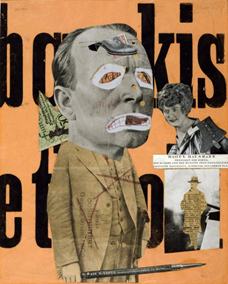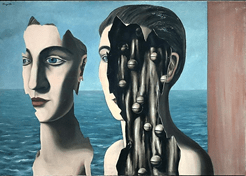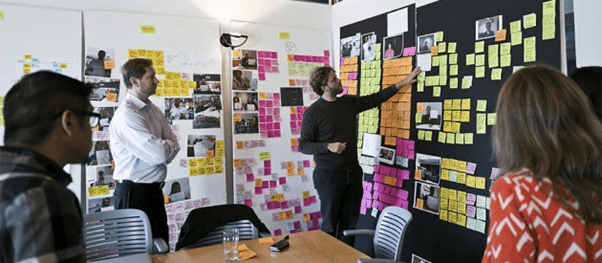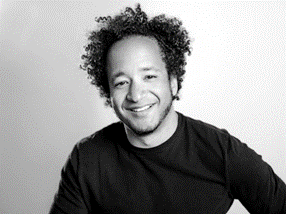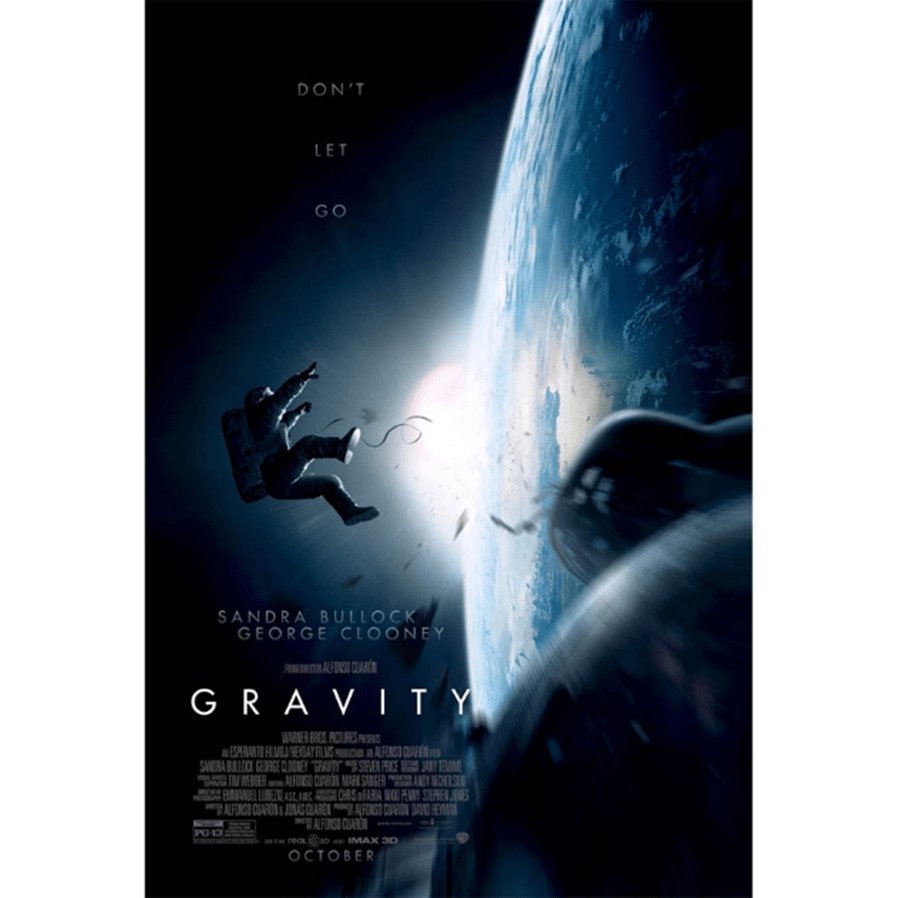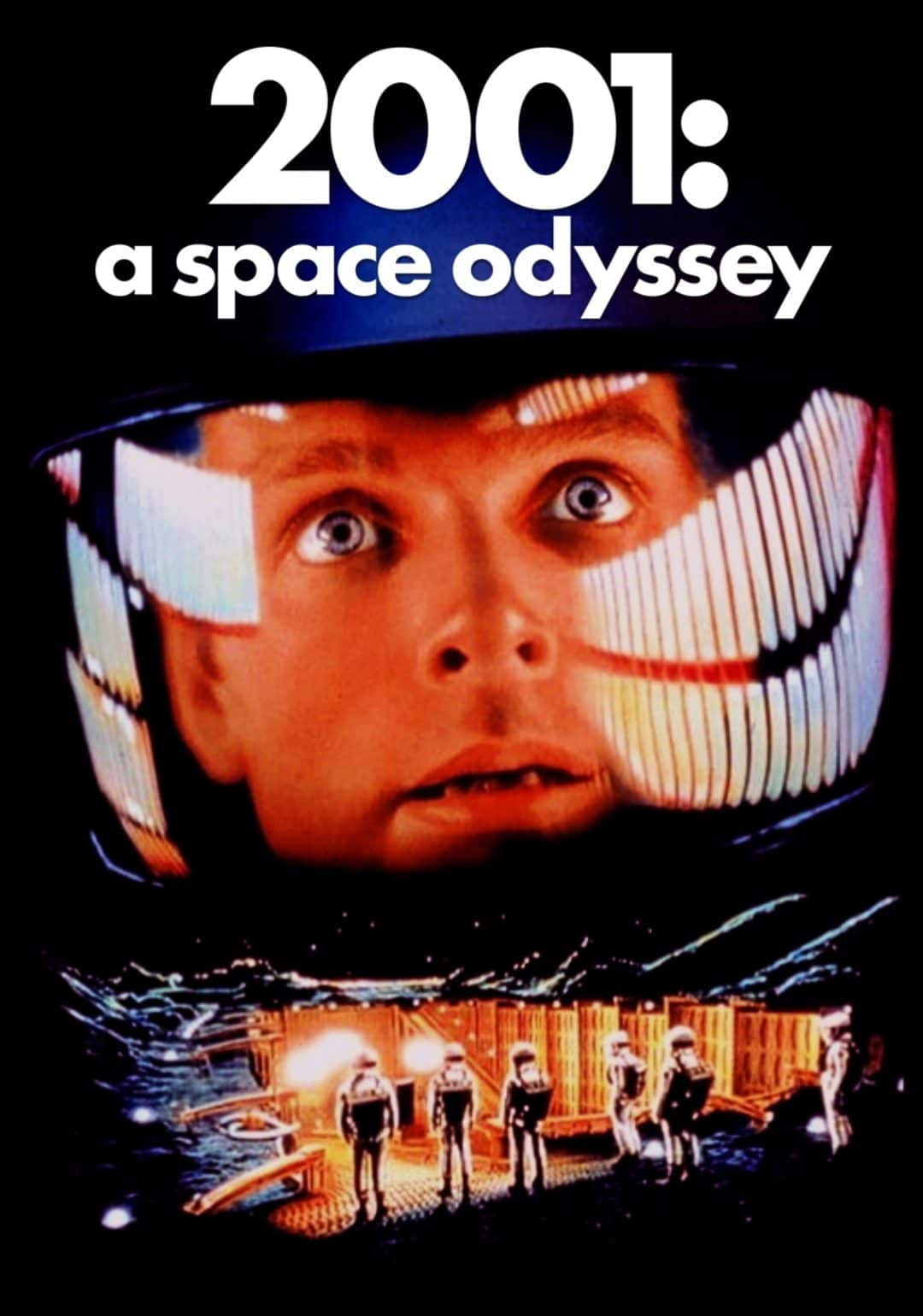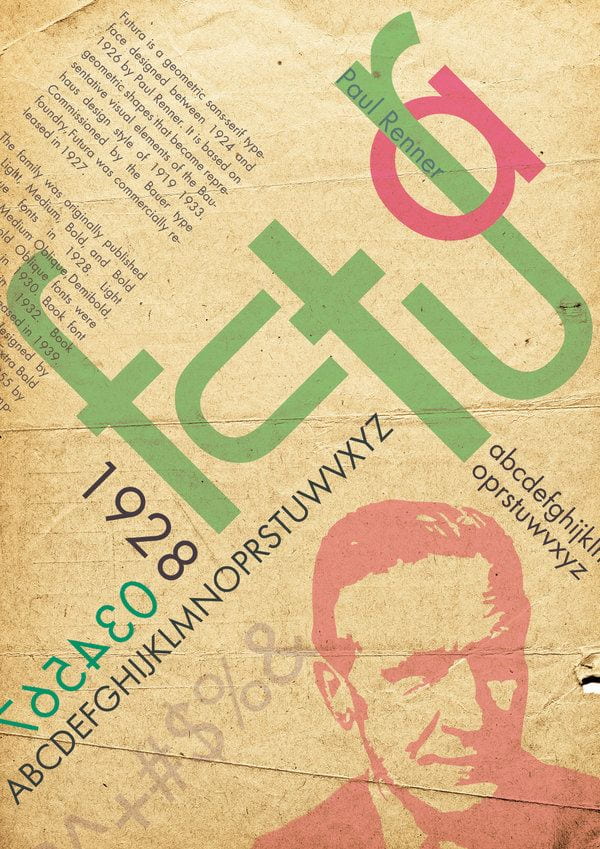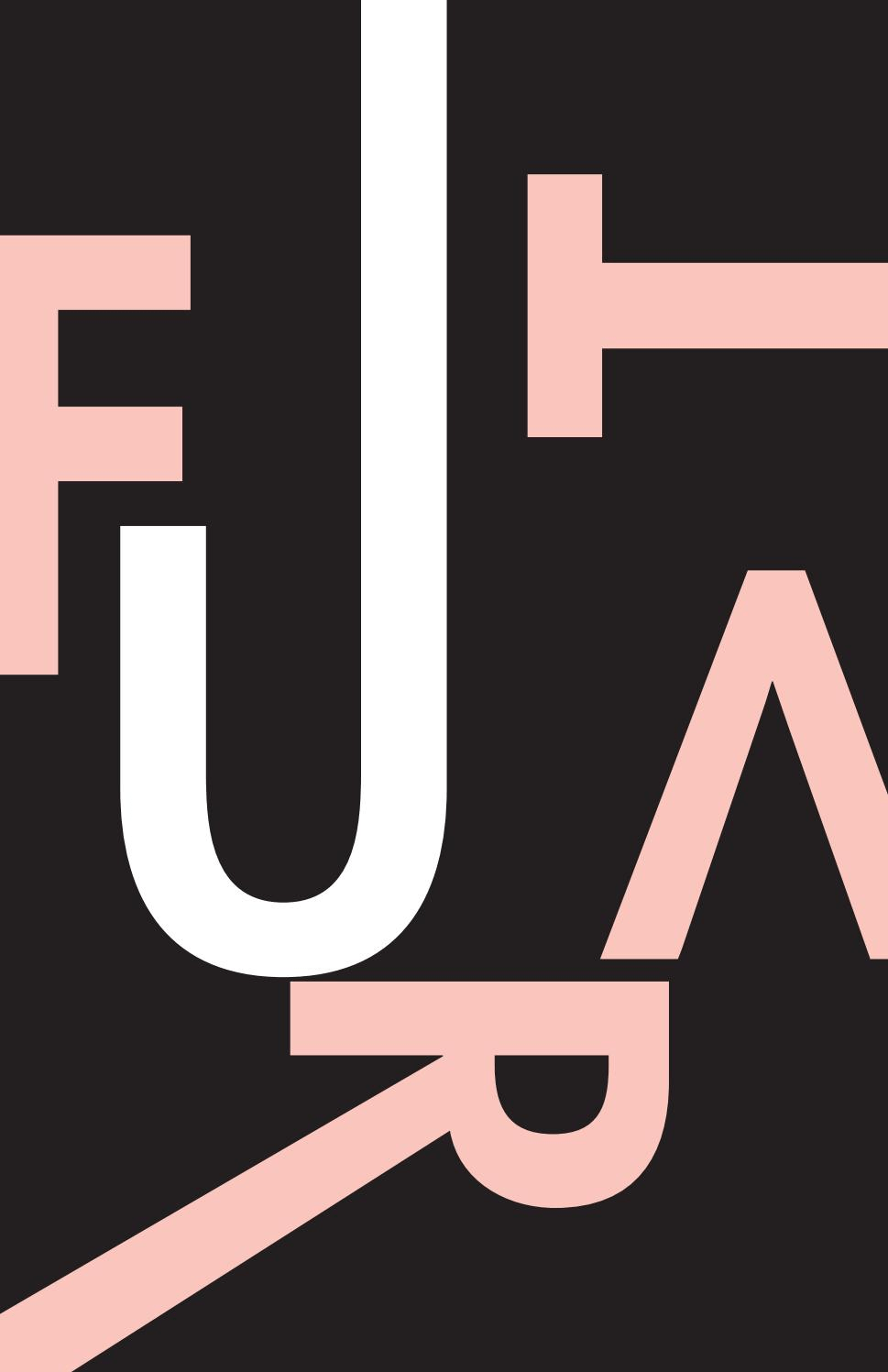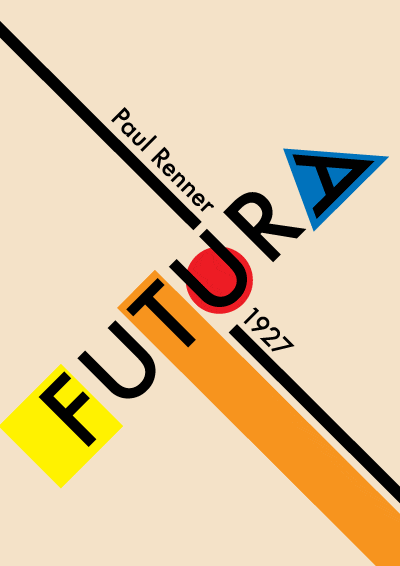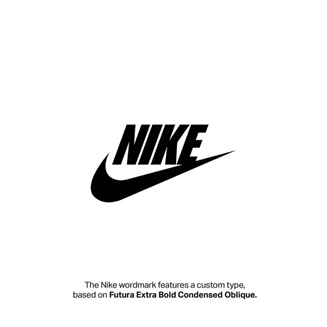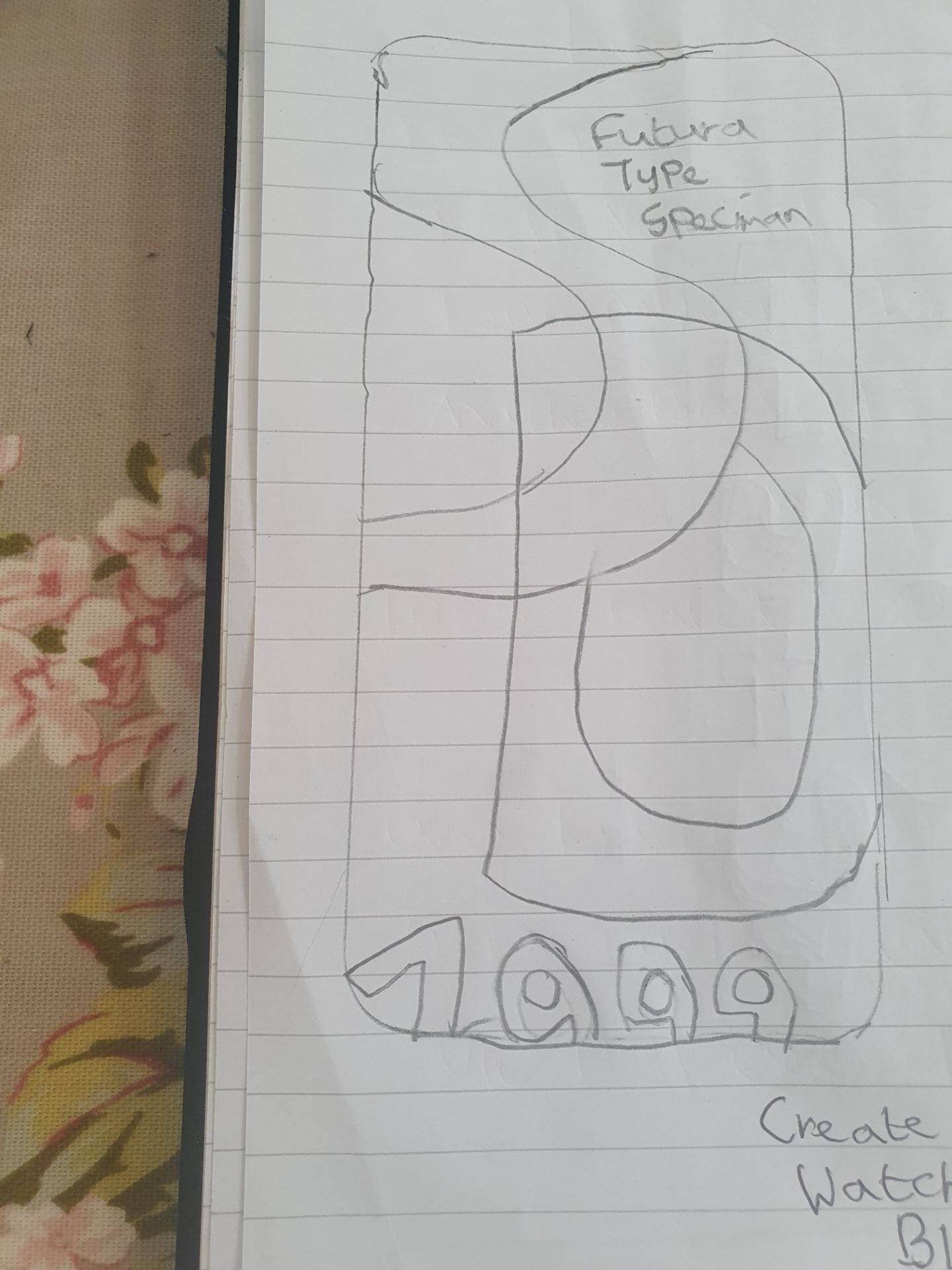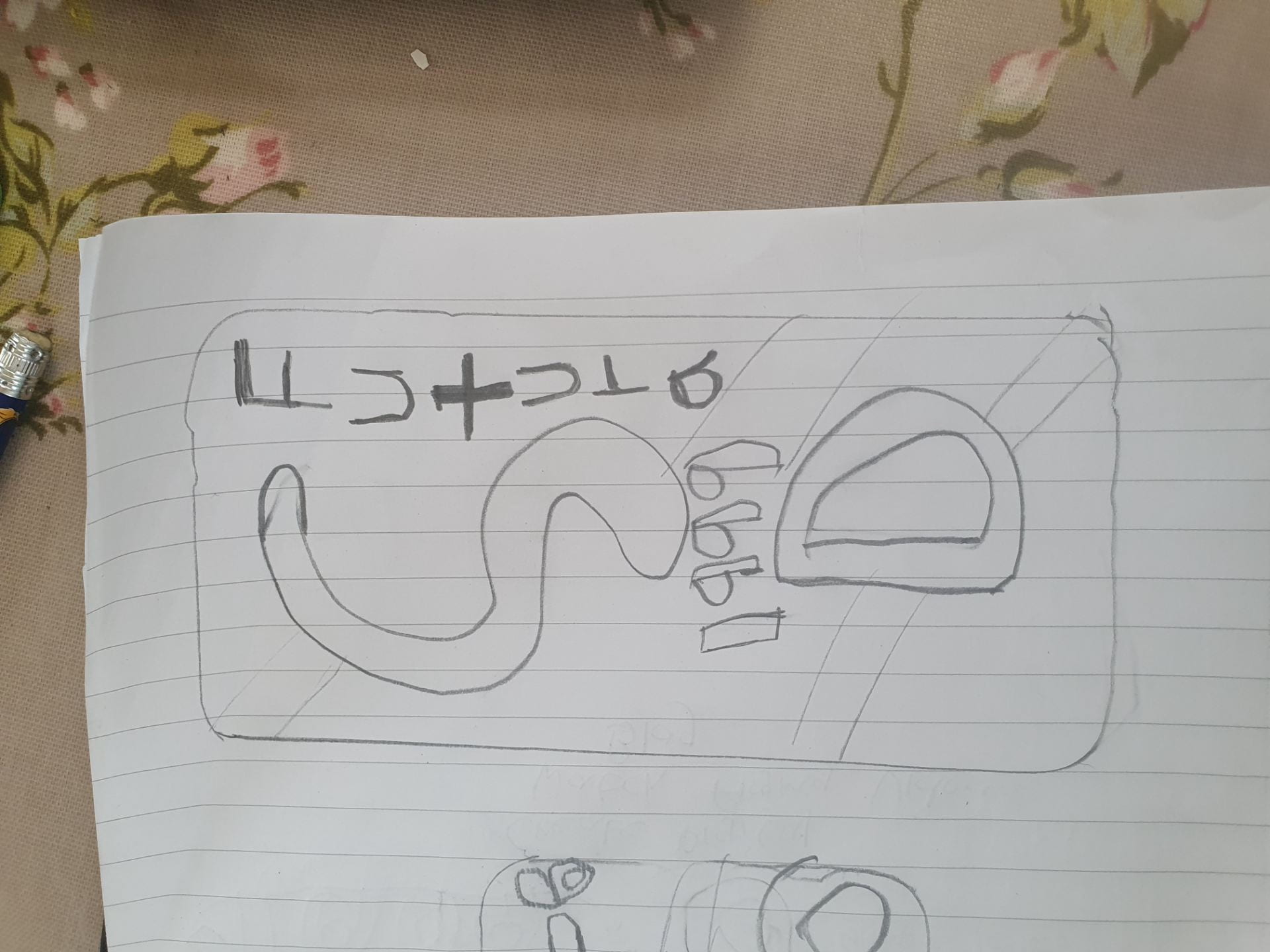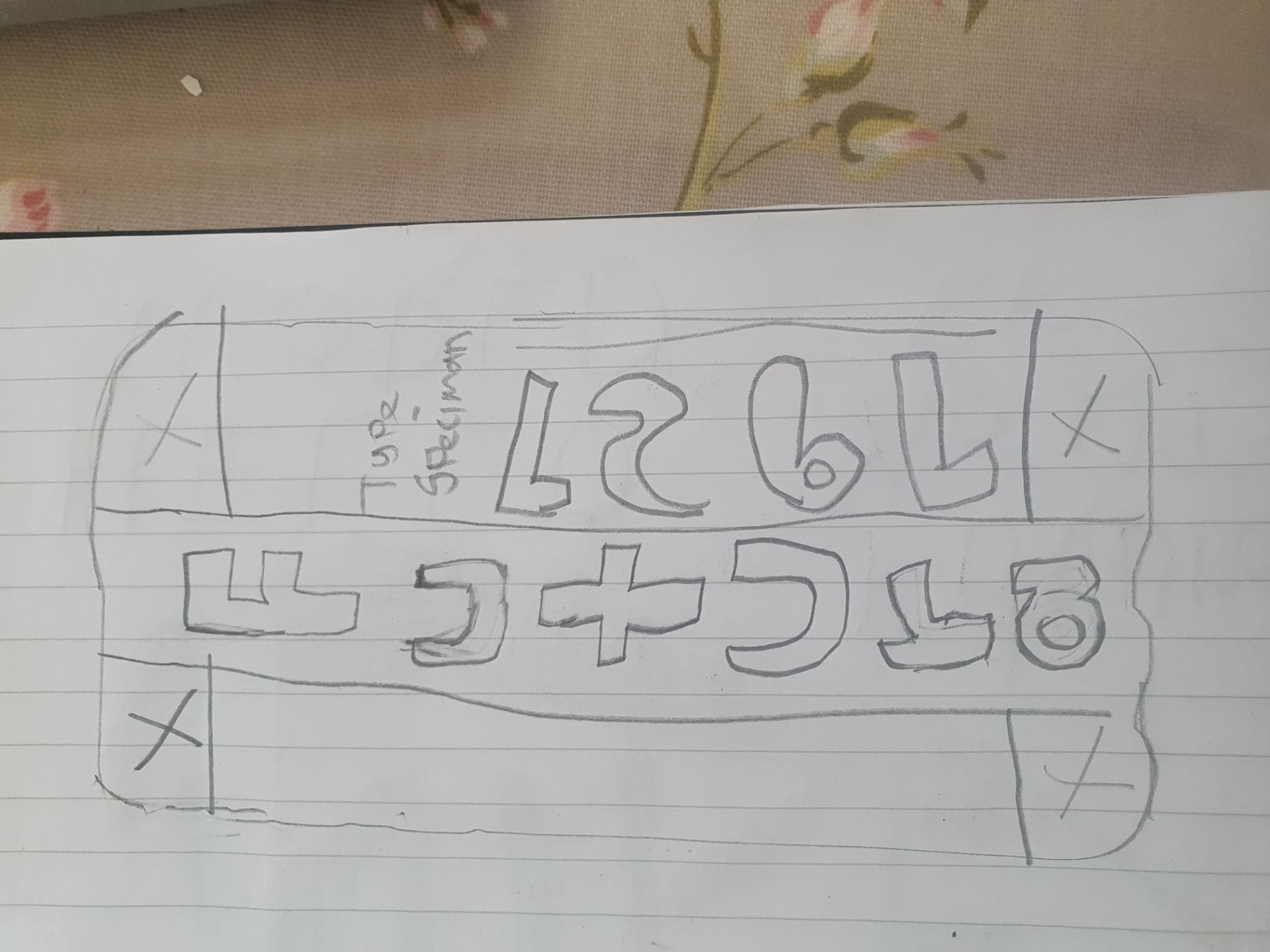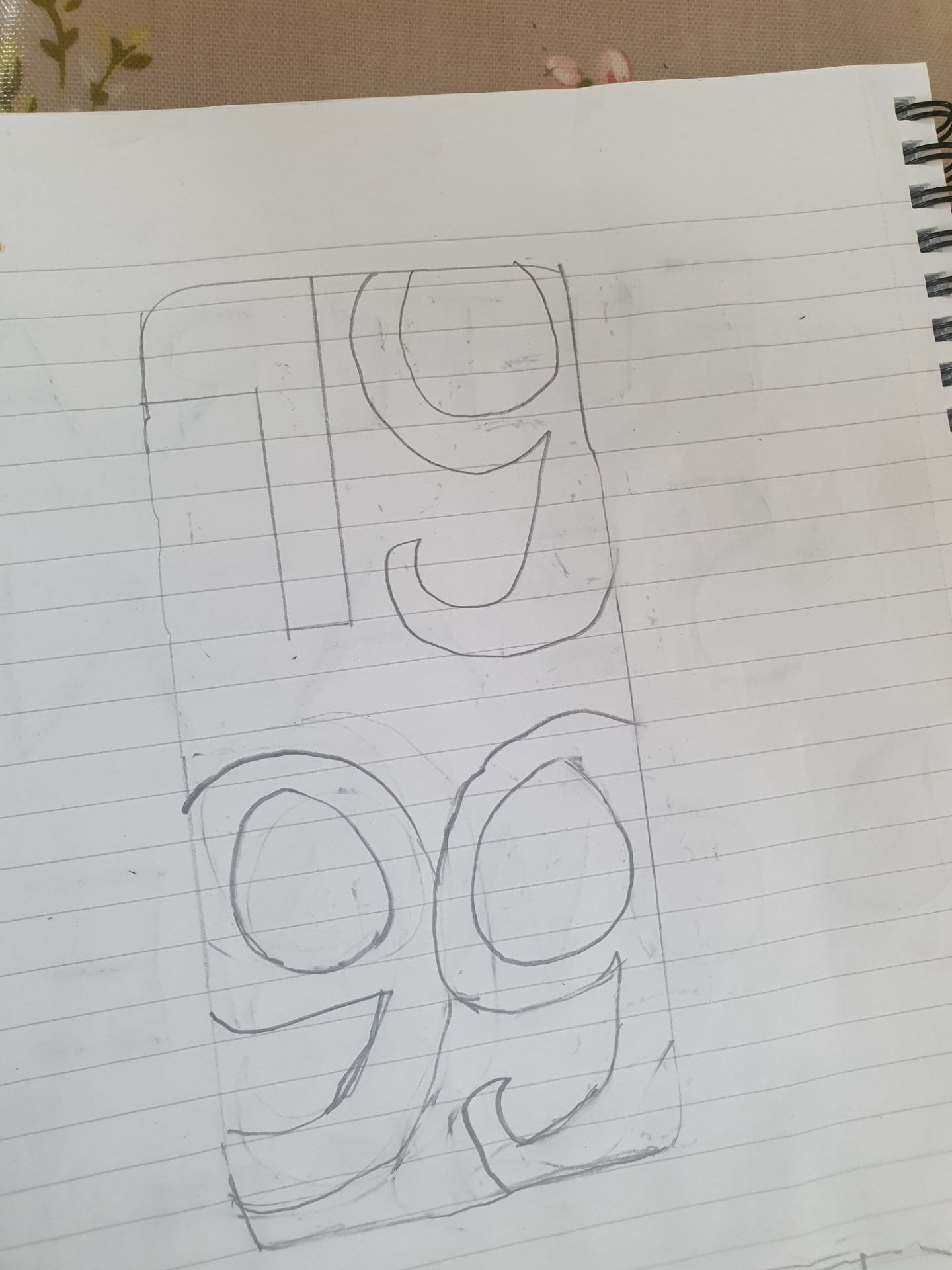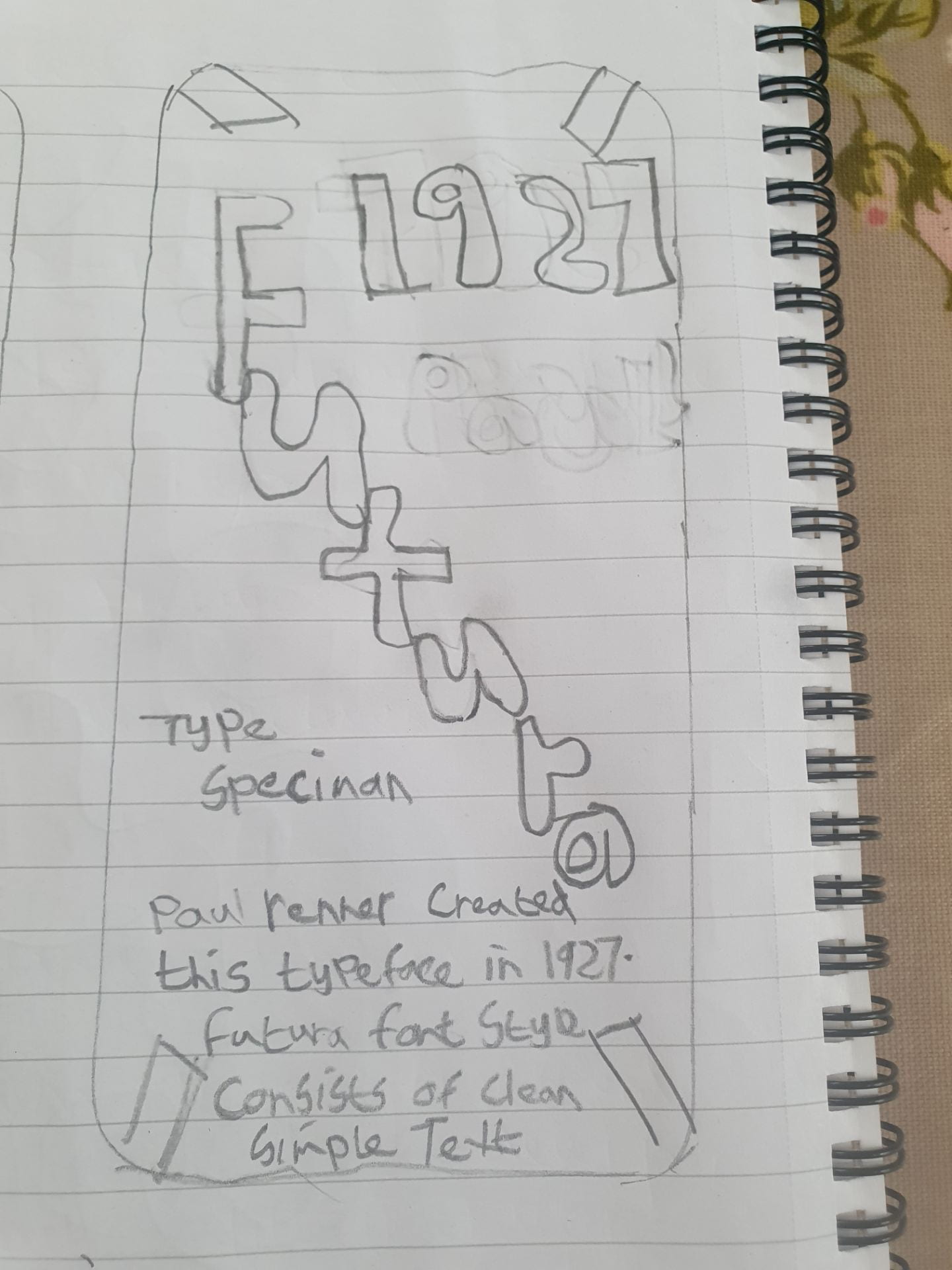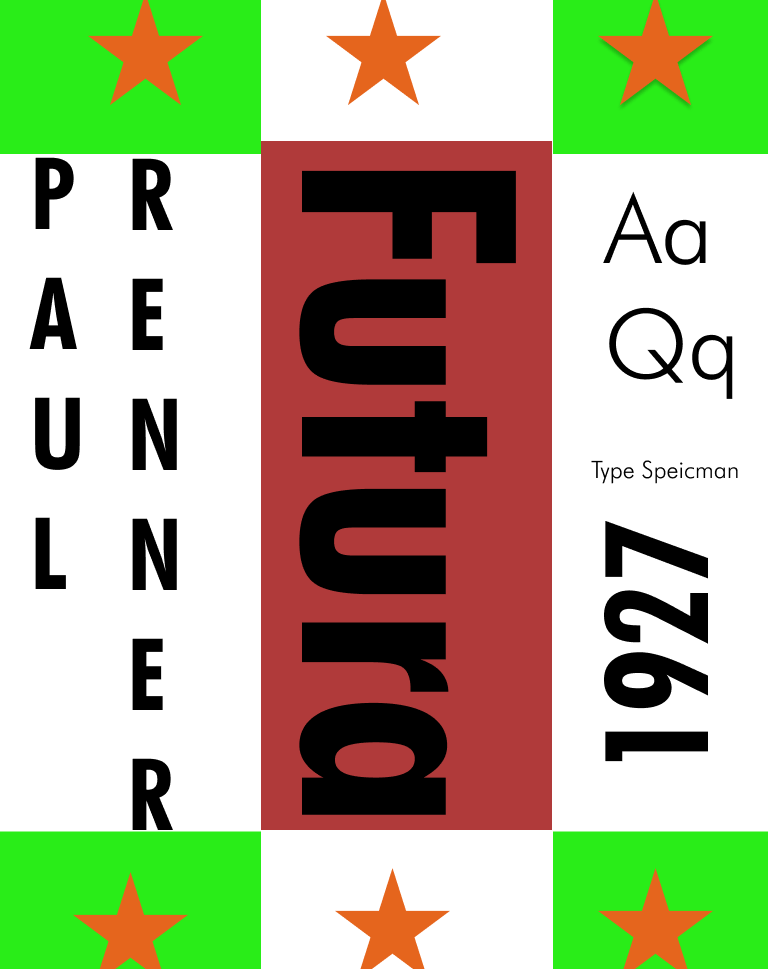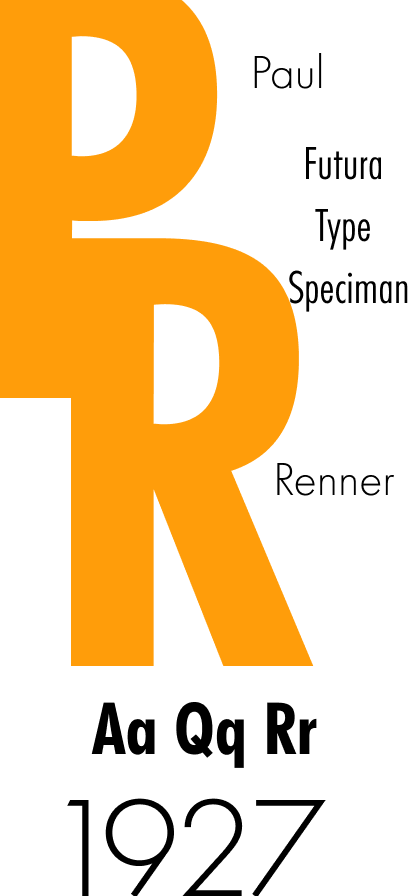Here is the wireframes clearly applogsies for the design and text I don’t have the best handwriting
IXD102
update on website
Here is an update on my web essay on Sir Tim Berner’s lee
https://sdowney1999.github.io/WebProject/webessay.html
Group 6 Presentation- Influence of Modern Art
Introduction
As a group we had to select a chosen topic. In my group I had Beth, Cara, Florence, and myself. We collectively choose the topic “The Influence of Modern Art”. We were all quite interested in this topic and the art movements involved with it. This topic was an evolution of different art movements from 1900’s right up to the modern area. Each of us Individually choose our own Art Movements to research and discuss in the PowerPoint. The two art movements I selected to research was Surrealism and Dadaism as I briefly researched both before and I liked the designs of them.
Images of Dadaism
Images of Surrealism
Report
Once we gathered the information, we posted it onto the PowerPoint along with images. We made sure we had enough information but not overload it. We then made notes on the slides for what we are gone to speak about and wrote out on cue cards to help us.
We made sure we regularly met up online on blackboard in our group each week to discuss our PowerPoint and presentation. We each contributed our thoughts and opinions to our group discussions on the presentation We wanted to keep the layout of the slides in our PowerPoint consistent.
The last meeting before the presentation in campus we practiced going over our speaking our presentation online and timed ourselves to ensure we were evenly spread out the work and speaking parts. Together we worked on the introduction, modernism, conclusion, reference, and end slides.
We made sure we all played our role in helping to make the project a success. Friday, we went into campus to do our presentation and it went well. I was very pleased with the feedback Pauline and Kyle gave us.
Here is a link to our presentation on Google Slides.
Conclusion
To conclude it is good a lot of these movements we discussed in the presentation are still very relevant today in the 21st century.
Overall, I felt each of us contributed well to our presentation bearing in mind we were only chatting online and had never met each other in person before the presentation. The lecturers were complementary on our presenting and thought we all spoke confidently with in the 10 minutes. We felt had gathered a lot of good information on this chosen topic and did not overdo it. I was happy how we sounded and praised the other group members. It went quite well considering it was our first presentation especially as a group just after we met for first time. It showed doing a mock presentation online helped us on the day of our presentation. Next time, we will hopefully be able to use less notes and be able to present more freely looking at audience. Over time hopefully become more confident in our presentation skills. I feel did well and should be proud of our efforts and deserve credit for presentation and delivery of our slideshow.
Pocket Profile 2- IDEO
IDEO
IDEO is private design company which was founded in 1991 in the city of Pal Alto, California by David Kelley, Bill Moggridge and Mike Nuttall, who came together and merged their companies. Although the idea for the company first started in 1978. IDEO stands for Ideology. Steelcase owns a major stake in this company and 2016 Japanese company “KYU Collective” purchased a small stake.
IDEO are a global design company, that create a positive impact through design. They have offices based all around the world in America, England, china, Japan, and Germany. IDEO currently employs more than 700 people across them. There are many different roles from Interaction design to software Engineering, etc.
What makes their company successful today is the importance and no 1 focus they have on consumer experiences and how they can carter their needs.
The current CEO of this company is Sandy Speicher who replaced the previous Tim Brown in 2019. Tim brown said, “Design thinking is a human-centred approach to innovation that draws from the designer’s toolkit to integrate the needs of people, the possibilities of technology, and the requirements for business success.”
Pocket Profiles- Week 5
I choose to research the following 3 designers and from the Netflix series the Abstract the art of design.
Ian Spalter
Ian Spalter was born in New York United States. Ian Spalter graduated with a bachelors in Multimedia Design & Cultural Studies from Hampshire College.
Ian Spalter was Instagram’s head of design from 2015 until April 2019 then took up a new role in August 2019 as the head of Instagram in Japan working in their Tokyo headquarters. His role involves leading a team responsible for designs ranging cross-platform app experiences to brand and Identity. He previously worked for Foursquare as a director of UX and design and YouTube as a Senior UX Manager.
He features in Season 2 of Netflix series Abstract: The Art of Design.
Jonathan Hoefler
Jonathan Hoefler is an American Typeface designer/Typographer also known as a Graphic designer and Artist born in the 22nd August 1970, New York, united states. He has dedicated most of his life to his work. He got inspired to go into typography design by the Gill Sans text on boxes of Custard.
Most of his work is self-taught. He started his career back in 1989 and is currently working on different typefaces.
He has received awards and recognition for his work. In 1995, I.D, magazine named him one of the forty most influential designers in America. Then 2002 he was recognized for his contribution to type design by being awarded the most prestigious award, the Prix Charles Peignot.
His work is displayed permanently in the National Design Museum’s collection. Back in 2011, the Museum of Modern art acquired two of Hoeflers typefaces: Mercury and HTF Didot.
Again in 2013 he was given another award along with Frere jones- for their contributions to the typographic landscape.
Johnathan Hoefler features in the final episode of season 2 in the Netflix series Abstract: The Art of Design.
Paula Scher
Paula Scher born on October 6, 1948 in Washington D.C is known for her work in graphic design. She is one the world’s most influential graphic designers. She is described as the “master conjurer on the instantly familiar”. Scher’s work includes a mixture of pop culture and fine art. It includes Iconic, smart, and accessible, her images have been displayed into the American Vernacular
She achieved a bachelor’s degree in fine arts in 1970 at the Tyler school of Art, Pennsylvania.
In 1991 she joined design firm Pentagram where she developed brands, promotional materials, graphics, worked on packaging and publication designs. In 1992 she decided to become a design educator, teaching at the school of visual arts in New York where she taught for over 2 decades.
Scher’s work includes a mixture of pop culture and fine art. It includes Iconic, smart, and accessible,
Most recently she featured in season 1 of the Netflix series Abstract: The Art of Design about leading figures in design and architecture.
Type Specimen Futura – Updated
Following feedback from Pauline and Kyle in Friday’s Group Critique Session, I went back into Figma and made the specific changes to my type specimen screen which were necessary in order to make improvements. I played about with the text and layout. I felt the simple designs where the best.
Here is 2 decides images before and and after the feedback i recieved. I think it defintely is a improvement. I will continue to work on the overall layout and text of my type specimen screen.
Typeface Specimen- Futura
Typeface- Futura
Introduction
We were asked to research type screen specimen by choosing our favorite typeface and talk about and create a design for an iPad or iPhone on this.
Research
Futura has been developed from the 12th century Geometric Sanserif.
This typeface was created by Paul Renner from Germany who came up with the idea back and released in 1927 and since then it has been displayed everywhere worldwide. Futura’s style was based on the Bauhaus movement which was simple and modern. Futura font style consists of clean, simple shapes that give the style a modern and future feel to the design.
Paul Renner
Paul Renner was a German graphic designer and typographer born in the 9th August 187 in Weringerode. He was artist which created with the Futura typeface, which had grown to become one of the most popular and used types of the 20th century. His legacy and work have continued to live on since his death in April 1956. He probably did not realize how big his work would have become.
Futura is under the Sans-Serif category. In 2017 Futura turned 90 and has been widely used in the modern area and throughout history. It was believed that Futura was importantly used on a plaque left by astronauts from Apollo 11 who landed on moon. It is thought that the Nazi’s used the Futura typeface as a way of shaming modern art. The American military may have also used Futura typeface during the World war 2. They probably chosen the text as it stood out. Recently Futura is being used in Advertising and on film posters.
This image above shows the plague used in the Apollo 11 mission.
Most recently it has be used on film poster’s most recently on poster’s for blockbuster film Gravity and previously in 2001: a space odyssey. You can see it has created an impact.
There are different types of Futura weights such as bold, regular, and light, etc.
The use of Futura has increased in recent year. Many famous brands worldwide such as Nike, Dominos, PayPal, Gillette, etc, use different styles of Futura typeface in their logos. Futura typeface helps make brands and items stand out as it grabs the viewers’ attention.
I Choose Futura because I really like its simplicity and it is clear to read. The style of text is interesting and looks modern. Also, I found out some of my favourite brands use this text which makes me like it even more. I probably have seen a lot of Futura text before without even known from my movies and brands I like.
Examples of inspiration futura typeface
Here are a couple of examples of futura typeface which I found inspiring on the internet.
Below you can see a couple of my favourite brands which use Futura typeface in their logos.
Sketches
Here I created a few sketches of Futura specimen typeface man for a mobile phone device.
Digital
I then made a few digital versions based on my sketches of my chosen type specimen futura using Figma on either ipad, iphone and MacBook templates.
Bibliography
https://design.tutsplus.com/articles/all-about-futura-font-and-its-history–cms-35382
https://theschedio.com/famous-logos-futura/

